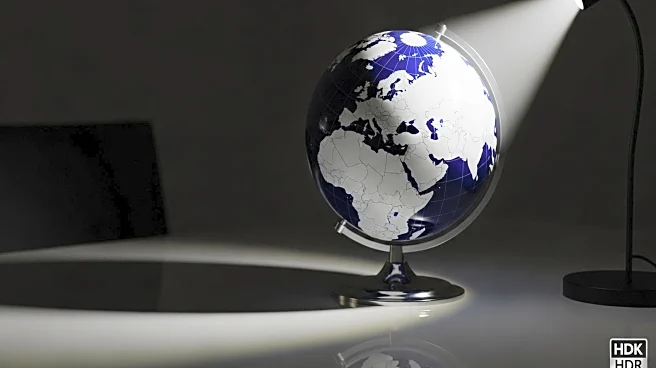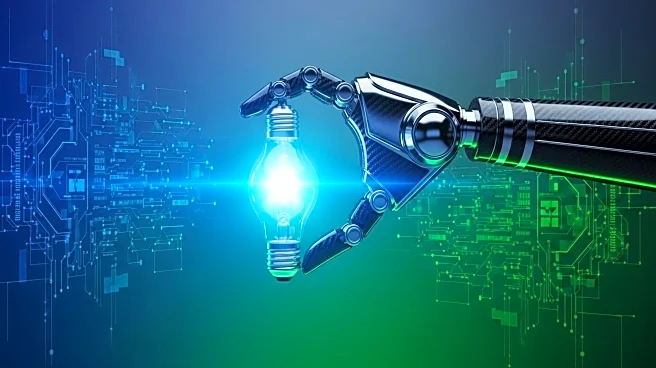What's Happening?
Asmida Isa, a female scientist, emphasizes the importance of women and girls in STEM fields, particularly in laboratories and classrooms. Her advocacy aligns with the International Day of the Girl Child, celebrated on October 11, which focuses on amplifying the voices and leadership of girls worldwide. Isa highlights the representation of women in STEM in Malaysia, where they constitute over 50% of tertiary education graduates, contrasting global trends. The day’s slogan, 'The girl I am, the change I lead: Girls on the frontlines of crisis,' underscores the role of girls as agents of change in addressing societal challenges.
Why It's Important?
The inclusion of women and girls in STEM is crucial for fostering innovation and addressing global challenges. By advocating for their presence in these fields, Isa is contributing to a broader movement that seeks to empower women and girls, enabling them to become leaders and change-makers. This has significant implications for gender equality and economic development, as diverse perspectives in STEM can lead to more comprehensive solutions to complex problems. The representation of women in STEM in Malaysia serves as a model for other countries striving to achieve gender parity in education and professional sectors.
What's Next?
Efforts to increase the participation of women and girls in STEM are likely to continue, with initiatives aimed at providing educational opportunities and support networks. Stakeholders, including educational institutions and policymakers, may focus on creating inclusive environments that encourage female participation in STEM. Additionally, global observances like the International Day of the Girl Child will continue to highlight the achievements and potential of girls, inspiring further action to dismantle barriers and promote gender equality in all areas of society.
Beyond the Headlines
The advocacy for women and girls in STEM also touches on broader cultural and ethical dimensions, challenging traditional gender roles and stereotypes. By promoting the visibility of female scientists and leaders, society can shift towards a more inclusive and equitable future. This movement not only benefits women and girls but also enriches the scientific community by diversifying the pool of talent and ideas.










